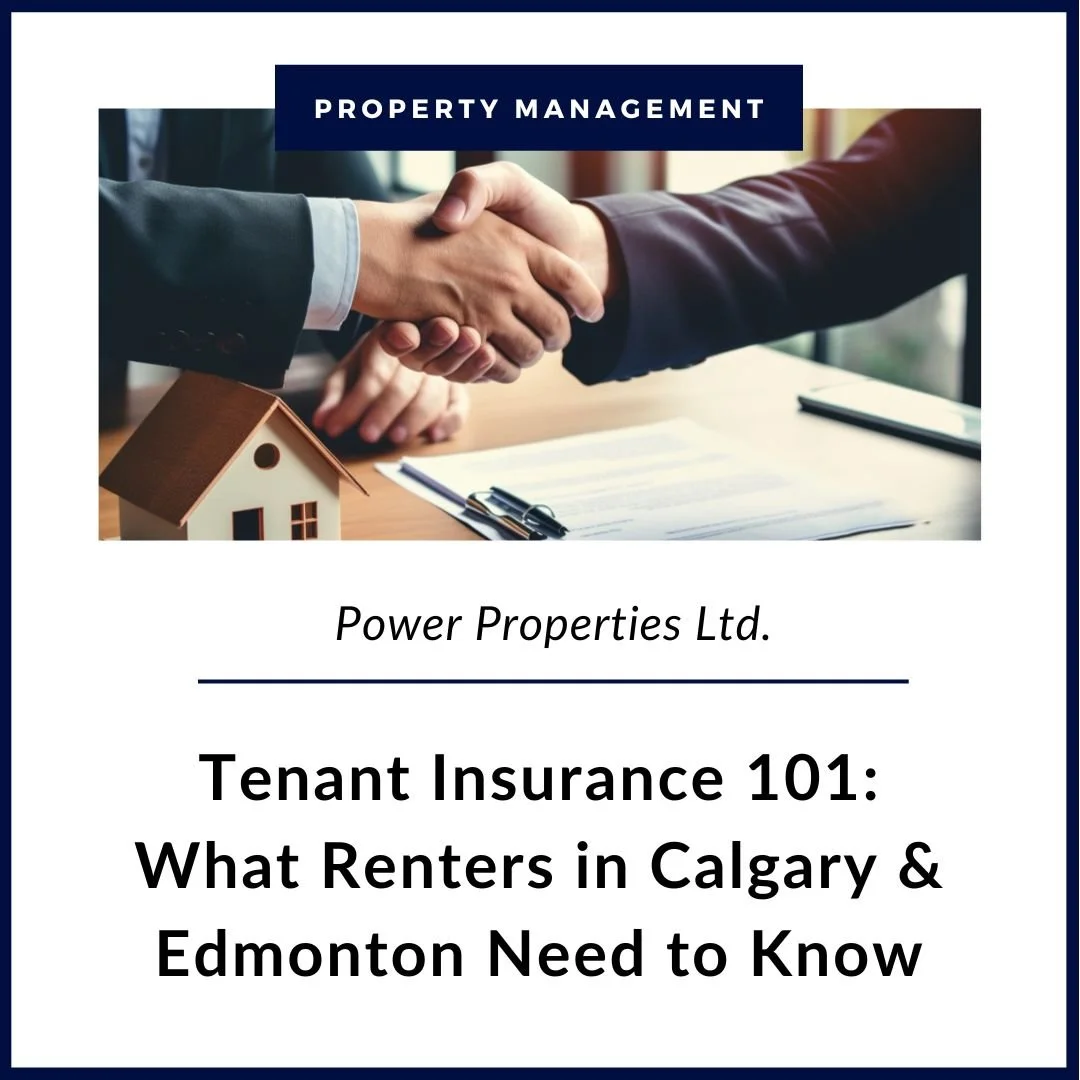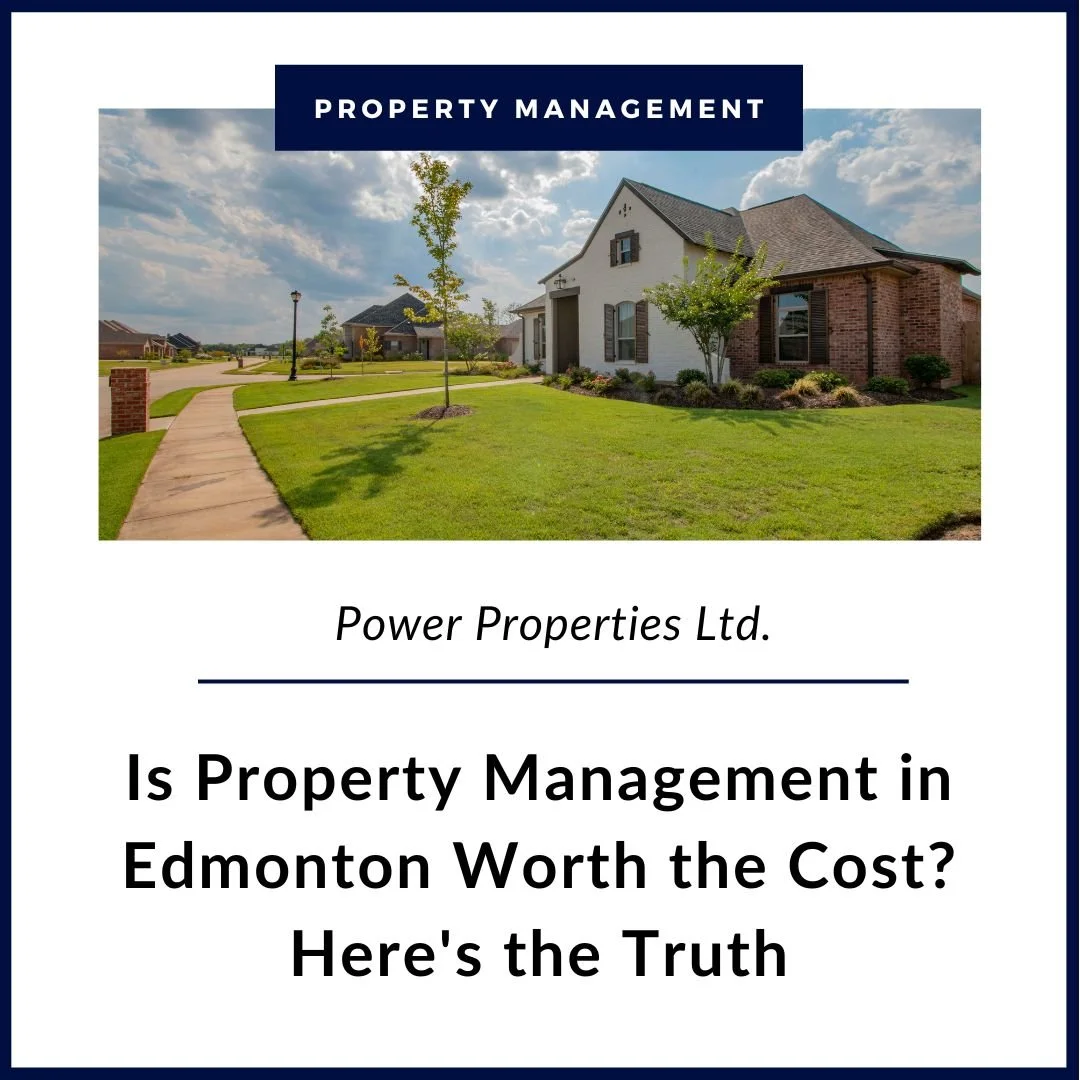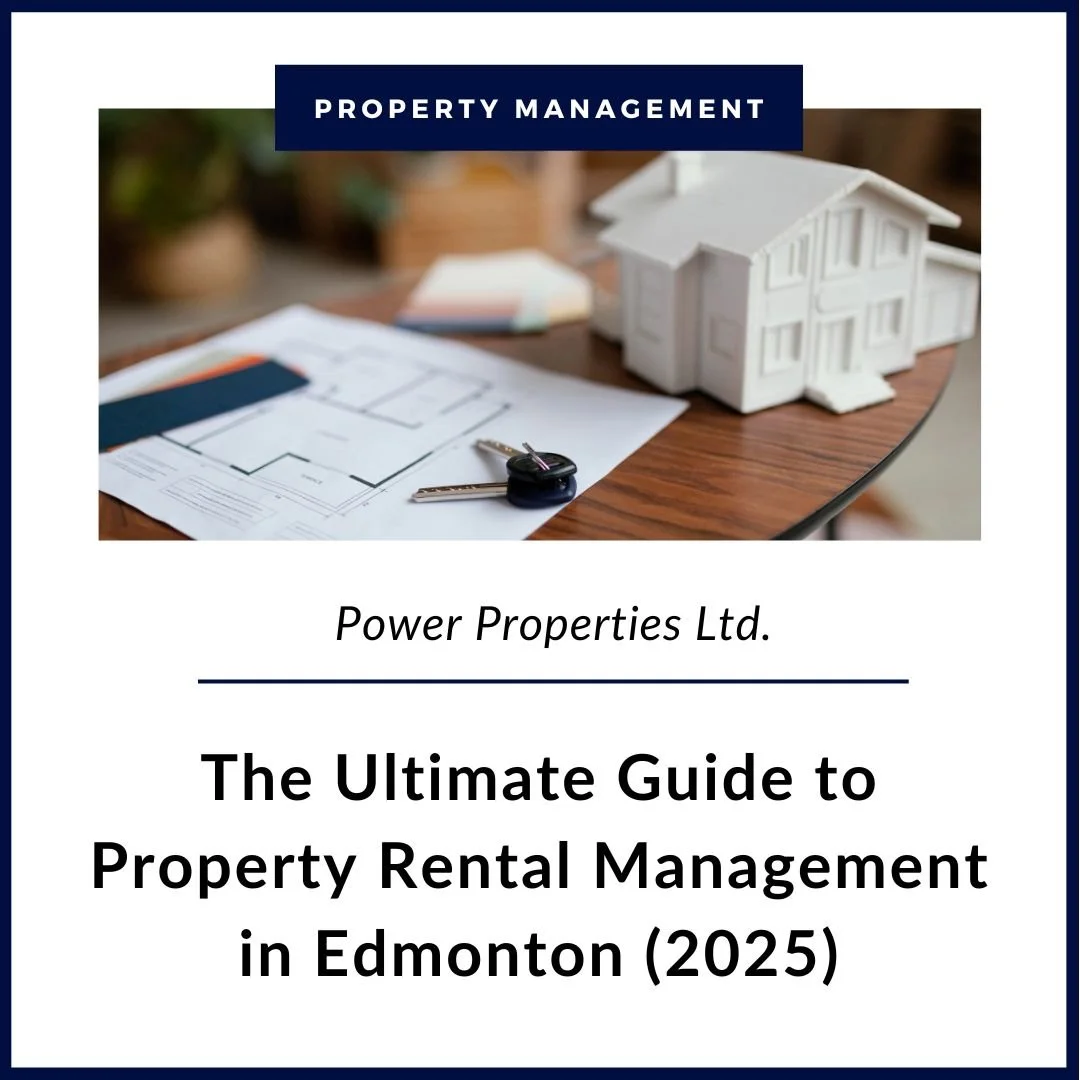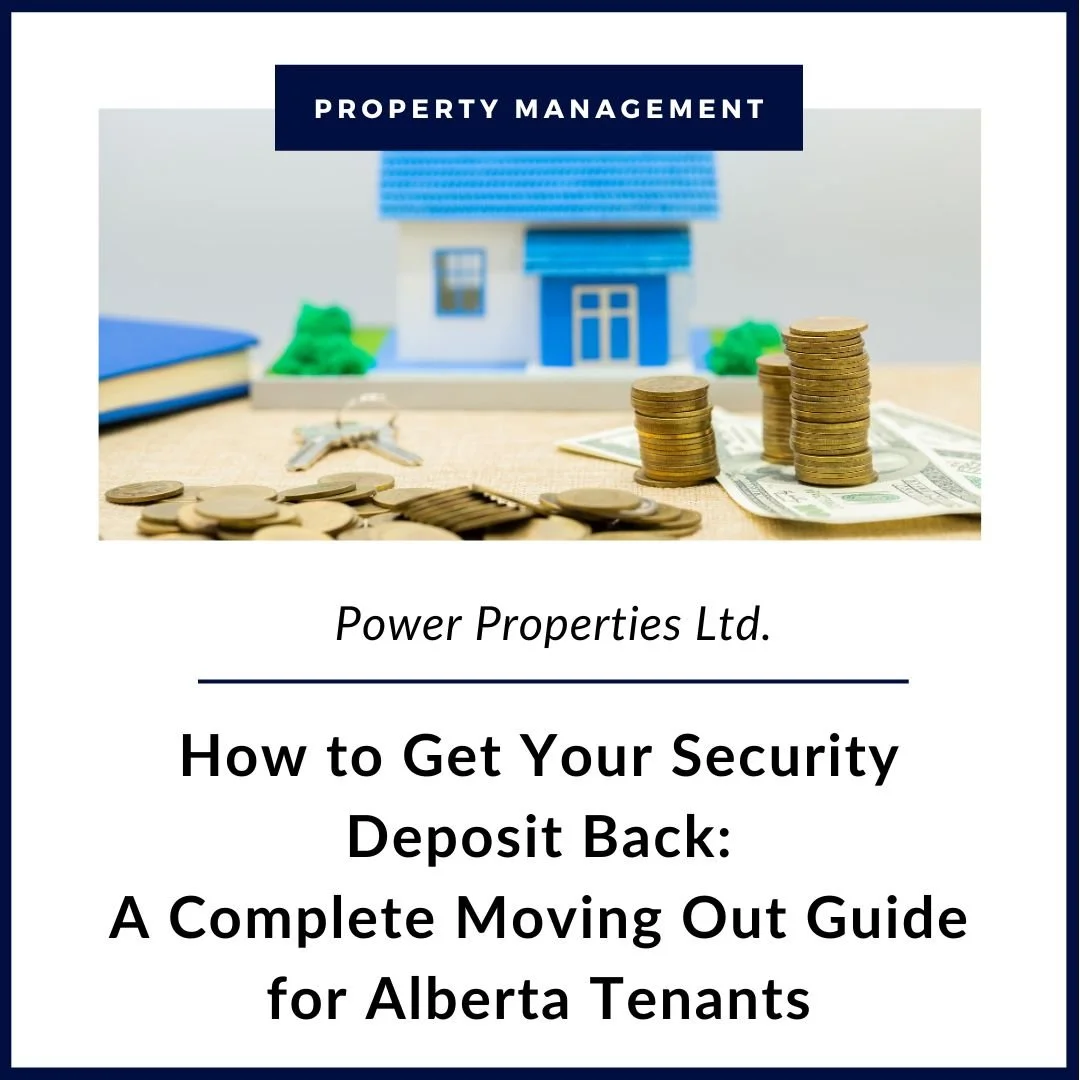FHSA vs RRSP: Which One Is Better for First-Time Homebuyers in Canada?
If you're renting now but dreaming of owning your first home someday, you’ve probably come across two popular savings tools: the First Home Savings Account (FHSA) and the RRSP Home Buyers’ Plan. Both can help you build up your down payment—but which one gives you the better head start?
Let’s break it down!
Understanding the FHSA: Canada's Newest Home-Buying Tool
The FHSA launched in 2023, and it's essentially a hybrid between an RRSP and a TFSA designed specifically for first-time homebuyers. Think of it as the government's way of saying, "We want to make buying your first place a little easier."
Here's how it works:
You can contribute up to $8,000 per year, with a lifetime maximum of $40,000.
The contributions are tax-deductible (just like an RRSP), so they lower your taxable income.
When you’re ready to buy your first home, you can withdraw the money plus any investment growth completely tax-free, just like a TFSA.
The catch? You need to be a first-time homebuyer—meaning you haven’t lived in a home you (or your spouse or common-law partner) owned as your main residence in the current year or the past four.
You’ll have up to 15 years to use the funds, or until you turn 71, whichever comes first. If you don’t buy a home in that time, you can transfer the money to your RRSP without paying taxes.
The RRSP Home Buyers' Plan: The Established Option
The RRSP Home Buyers' Plan has been around since 1992, and it's helped countless Canadians get into their first homes. You can withdraw up to $60,000 from your RRSP tax-free for a home purchase, but here's the key difference: you have to pay it back over 15 years.
If you don't make the minimum annual repayment (which starts the second year after withdrawal), that amount gets added to your taxable income. It's like an interest-free loan from your future self, but the government will come knocking if you don't stick to the repayment schedule.
Key Differences That Actually Matter
Tax Treatment: This is where the FHSA shines. With an RRSP withdrawal, you're essentially borrowing from your retirement savings and must pay it back. With an FHSA, withdrawals for a qualifying home purchase are completely tax-free and don’t need to be repaid.
Contribution Room: The RRSP offers more flexibility with higher contribution limits based on your income (18% of previous year's income, up to the annual maximum). The FHSA is capped at $8,000 annually, regardless of your income level.
Investment Growth: Both the FHSA and RRSP let your investments grow tax-free. But with the RRSP Home Buyers’ Plan, you're pulling funds out of your retirement account—and repaying it gradually over 15 years. That means you may miss out on some compound growth during the repayment period, since your full balance isn’t invested the whole time.
When to Choose What
If you're earning a solid six-figure income and maxing out your RRSP contributions anyway, the FHSA is a no-brainer for additional home-buying savings. You get the immediate tax deduction plus the long-term benefit of keeping that money for your home purchase.
For those just starting to save for a home, the FHSA's simplicity is appealing. There's no stress about repayment schedules or accidentally creating a tax burden down the road.
However, if you need more than $40,000 for your down payment and closing costs, the RRSP's higher withdrawal limit might be necessary. Many property owners and business owners in Alberta's market know that a robust down payment can make the difference in securing the right property.
FHSA vs RRSP: Tax Treatment
Here's where things start to get interesting for investment-minded individuals—especially those earning over $100K and looking to make the most of every tax advantage.
| Feature | FHSA | RRSP (HBP) |
|---|---|---|
| Contributions | Tax Deductible | Tax Deductible |
| Growth | Tax-Free | Tax-Deferred |
| Withdrawals | Tax-Free (if used for a qualifying home) | Tax-Free if repaid; otherwise taxed |
| Repayment | No | Yes |
The Smart Money Move: Using Both
Here's something many people don't consider: you can actually use both programs simultaneously. This strategy works particularly well for high-income earners who can maximize their tax deductions while building a substantial home-buying fund.
Start with the FHSA for its superior tax treatment, then supplement with RRSP contributions if you have additional savings capacity. This approach gives you up to $100,000 in combined withdrawal power ($40,000 FHSA + $60,000 RRSP HBP).
The Bottom Line
For most first-time homebuyers, the FHSA offers the cleanest path forward. The combination of immediate tax benefits and no repayment obligation makes it the more attractive option for building your initial home-buying fund.
However, don't overlook the power of combining both strategies, especially if you're in a higher tax bracket and have the savings capacity to maximize both programs. The key is starting early and staying consistent with your contributions.
When you're ready to take the next step, Power Properties is here to help. With a team of dual-licensed Property Managers and Realtors®, you’ll get expert guidance from professionals who understand both the rental market and the home buying process—so you can move forward with confidence.
With 45 years of property management and real estate experience across Calgary, Edmonton, Lethbridge, and Medicine Hat, we’ve helped hundreds of Albertans transition from tenants to homeowners—and we’re ready to help you do the same.
About Power Properties Ltd.
Founded in 1980, Power Properties has been providing hassle-free property management services to property owners, property investors and non-residents with homes in Calgary, Alberta for over 40 years. Our full-service property management includes everything from move in to move out, so you don’t have to worry about the day-to-day operations of your rental property. With a team of licensed professionals, years of experience, and award-winning service, you can rest assured that your property is in good hands.































